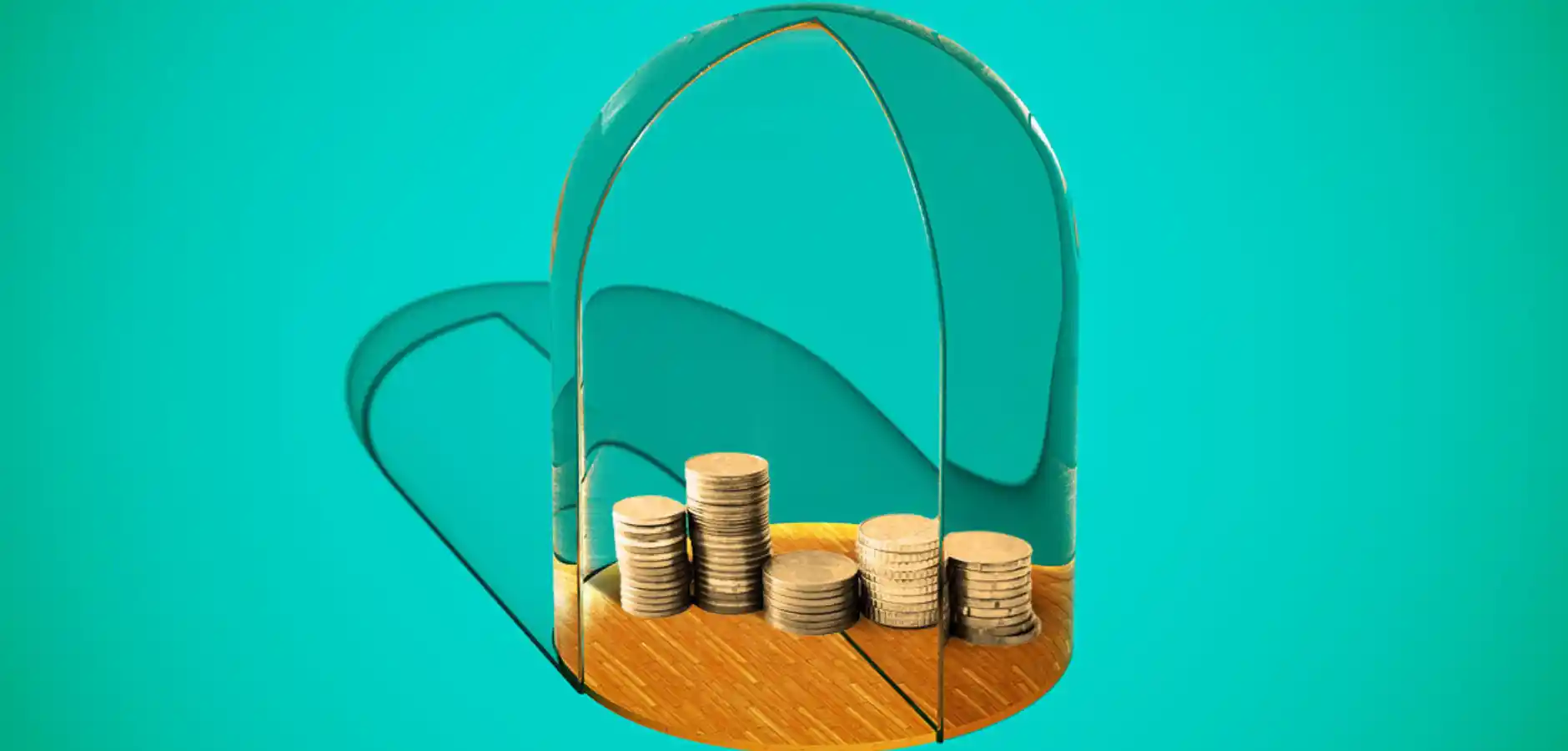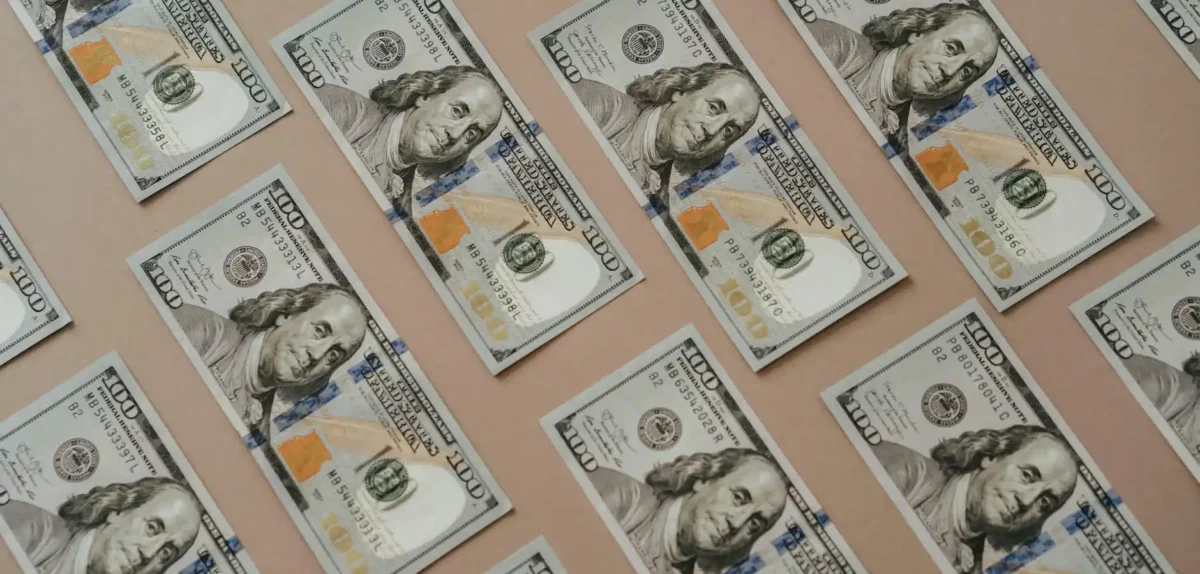Whether you’ve been making content for years or are just starting out, you may need help with setting your rates for brand deals. Price too high, and you risk scaring away potential collabs. Price too low, and you undervalue your hard work and unique influence.
Determining your pricing for brand deals is more art than science, but it doesn’t have to be a guessing game. You need to consider the elements that make you irresistible to potential partners—from your niche to your engagement rates.
Let’s review all the questions to ask yourself when setting your prices. Once you think these through, you can confidently present your base rates to brands and negotiate deals that reflect your true value.
Key takeaways from this blog
- There’s no formula for determining your rates—you should consider multiple factors when setting them.
- Your audience size and main social media platforms were historically the biggest factors in pricing.
- Recently, more focus has been placed on engagement rates.
- You can charge more if you work in a high-demand niche or partner with brands that lean heavily on influencer marketing.
- Social media platforms go in and out of fashion, so keep up with the trends to get paid what you’re worth.
1. How many people does your content reach?
Your audience reflects the influence and the trust you’ve built. Businesses value this and are willing to pay more for it.
So, a larger following doesn’t just help get your name out there—it boosts the reach you provide for brands.
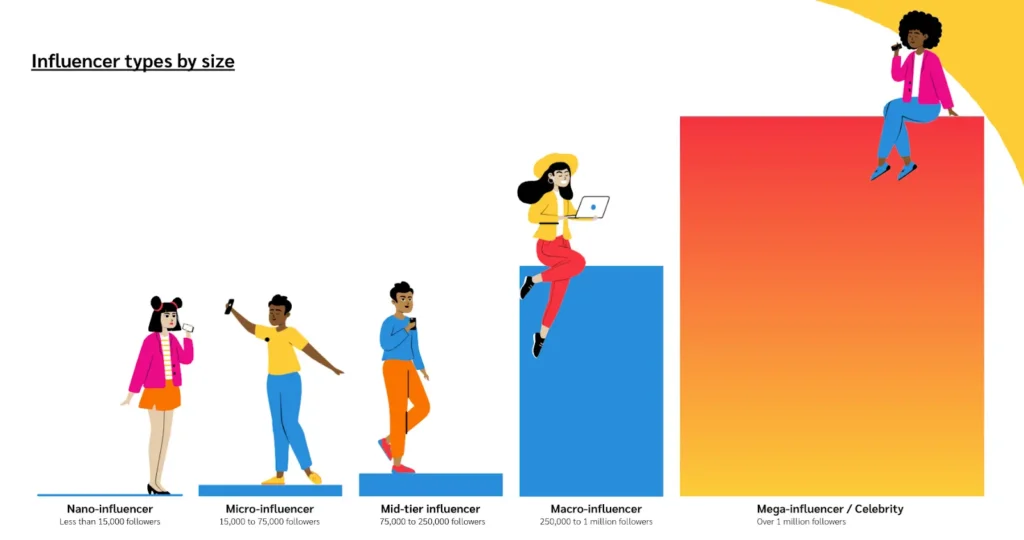
Not all platforms are equal, either. Some brands want to boost their presence and impact on specific social media platforms—so they might pay more for TikTok vs Instagram or YouTube.
2. How well do you engage your audience?
Follower count has traditionally been the biggest factor for setting your rates, but one key metric is rising in importance for brands: engagement rate.
Brands are increasingly cautious about partnering with creators with low engagement because it can indicate fake followers and artificially inflate view counts. Creators with responsive, niche audiences are more valuable than those with massive followings but poor engagement.
For example, an athletic clothing brand might see fantastic results by collabing with smaller, niche fitness high-engagement creators. Teaming up with massive influencers that don’t resonate with fitness-minded audiences wastes the brand’s time and resources.
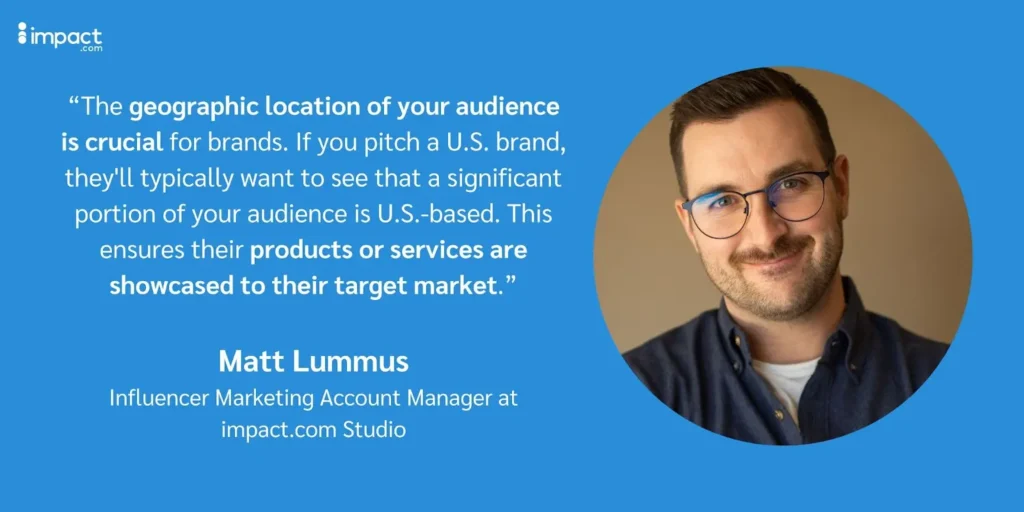
Discover how impact.com’s Studio provides influencer program management to brands.
Not all engagement metrics are made equal. When thinking about how engagement affects your base rates, consider:
- How the platform encourages people to interact with content
- How people consume that format
For instance, measuring engagement on a full-length YouTube video differs from a YouTube Short. The average watch time can give you a good sense of audience engagement when considering how much to charge for a traditional video sponsorship. But if you’re setting prices for shorts, views or interactions might be more relevant.
Be persuasive about your pricing. Highlight the right metrics in your media kit and rate card to demonstrate how your content sparks conversations and builds community. These skills are invaluable to brands looking to make a lasting impact.
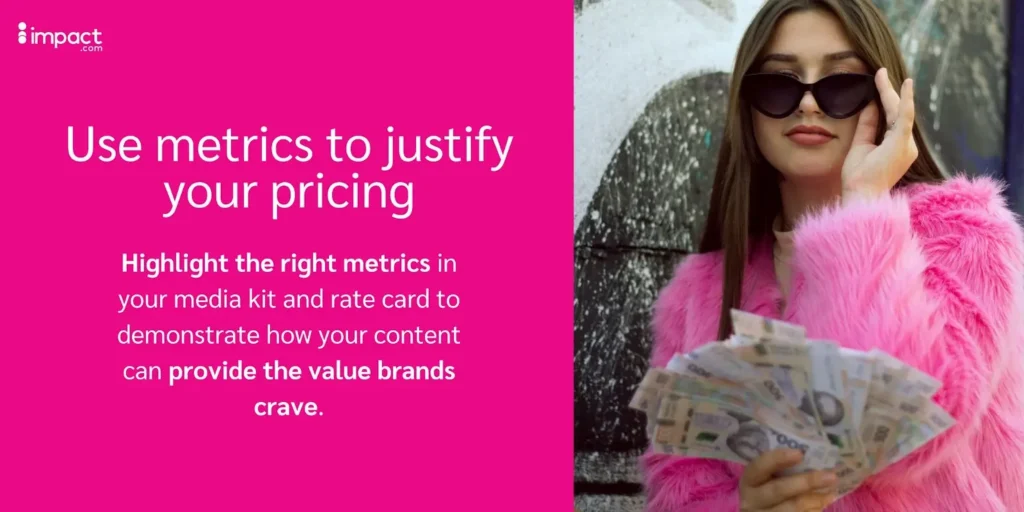
3. What’s your industry and niche?
You can charge more when your content, style, and typical audience align with brand partners. Brands benefit most from your partnership when you’re a perfect match.
For example, if your audience responds well to content about high-end items, you could charge more for partnerships with luxury brands. It’s all about understanding the value you provide in your niche.
So, pay close attention to posts, products, or brand collabs that your audience loved in the past. Use these factors to guide who you partner with and maximize your earnings.
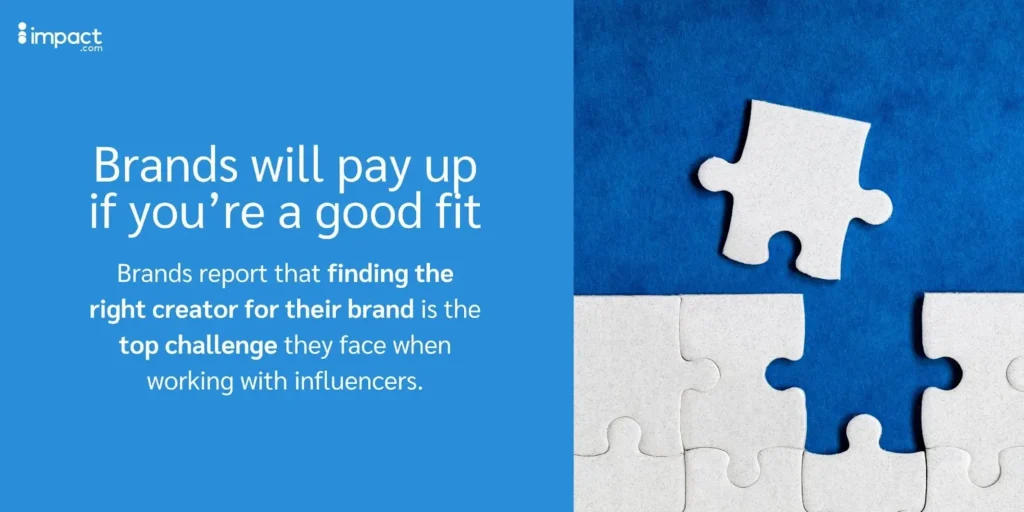
Source: What brands want: building successful creator partnerships in 2023
4. How long does it take to create each type of content?
Some types of content take more time to produce than others—and this should influence your pricing.
You don’t want to charge the same rates for short, easy-to-make videos as in-depth content such as longer YouTube videos or blogs.
Before setting your prices, track your current projects to help you better understand how many hours you spend on each content type. Ensure you’re considering the time spent planning, editing, posting, responding to comments, and other factors—not just writing or filming.
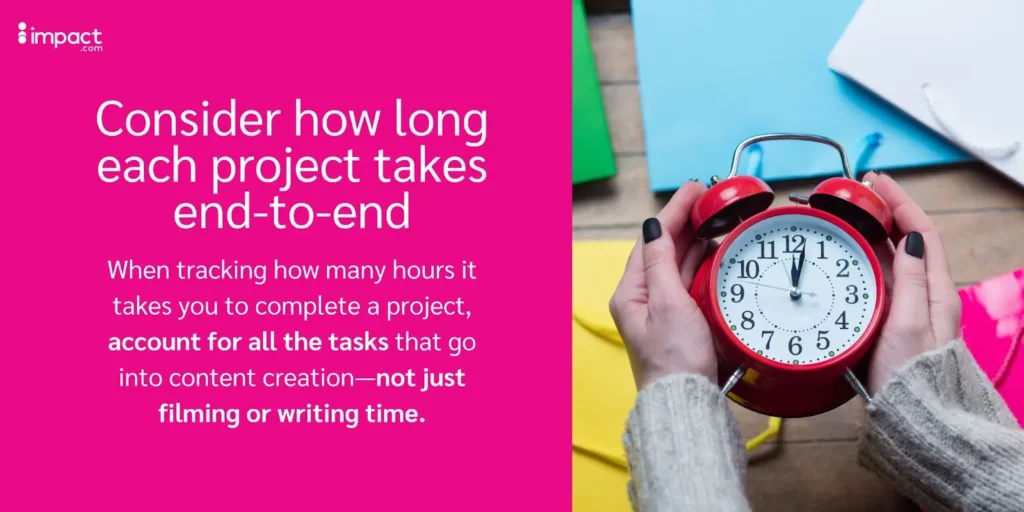
5. What types of content are trending right now?
Crafting compelling content is about what you create and how and where you bring it to life.
Shifting social media trends and algorithm changes mean some content holds more for brands than others. Creators who anticipate trends offer brands increased visibility and engagement, which should translate to higher pricing for trending collabs.
Ensure your pricing is up-to-date by staying ahead of these market changes and adjusting your rates accordingly.
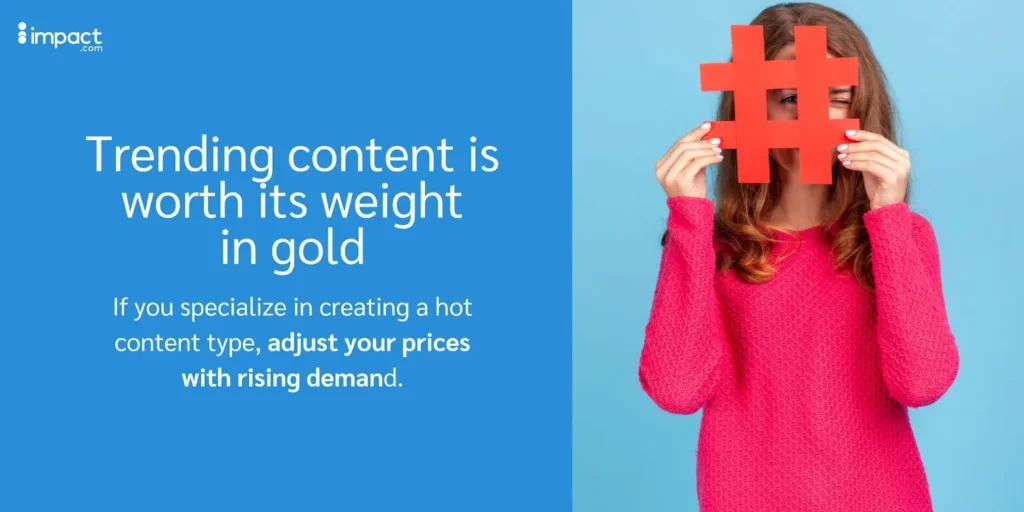
For example, if Instagram adjusts their algorithm to give greater engagement to Reels, then charge more for that service.
Keeping pace with fast-paced trend cycles is harder than it sounds. Try connecting with other influencers in your niche. Explore case studies, reports, and articles to understand demand, audience preferences, and average rates. That way, you’ll stay competitive and maximize earnings.
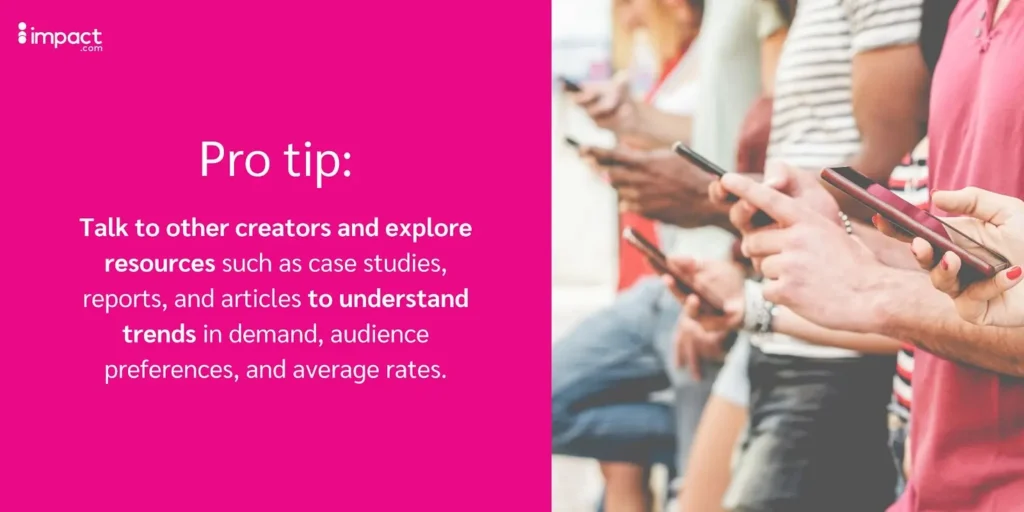
6. Are you taking seasonal demand into account?
Company demand changes throughout the year—and so should your pricing.
During peak seasons such as Black Friday and Cyber Monday, brands capitalize on higher traffic periods to promote their products or services. Use this increased demand to adjust your pricing strategy and reflect the heightened value you bring to brands during these times.
Your “busy season” may vary based on your content niche. To stay competitive, attune to these peak seasons and shift your baselines (and negotiation tactics) around them.
You should also add other price variations like rush fees for urgent campaigns, package rates, and more. These customizable options will help you meet your partner’s objectives while hitting your income goals.
Monetizing your influence is within reach
Being a creator is hard work, and you deserve a fair wage. By asking yourself these key questions, you ensure that you’re considering all the factors that feed into your value to brands.
And once you’ve decided what you want to charge, it’s time to connect with potential brand partners.
That’s where impact.com / Creator comes in. The platform allows you to access the top brands in your niche and negotiate your rates in one place.
Sign up for impact.com / Creator today.
Want to learn more about landing brand deals? Check out these articles:
- How much do influencers charge per post in 2023? (blog)
- Influencer rate card: what it is and how to use it for negotiations (blog)
- 5 research-backed ways creators can stand out when pitching brands (blog)
FAQs
Most creators charge anywhere between $500-$45,000 on Instagram per post, depending on their following size. Check out impact.com’s research with Adweek for a full breakdown of the average amount creators charge, organized by follower size and content type.
There’s no one-size-fits-all solution to determining your rates. It’s all about weighing the factors that could contribute to brand demand for your services.
Influencers with a larger following often command higher rates due to their wider reach and potential impact on the audience. This increased visibility offers brands valuable exposure, leading to premium pricing. But other factors, such as content type and engagement rate, can also affect your rates.
Your skills, connections, and experience grow with each partnership and campaign. So, don’t set your rates in stone and consider many different factors when setting your rates.
